TureMetal Builds a Fanless 32-Core EPYC PC with an RTX 2070
by Anton Shilov on December 30, 2019 8:00 AM EST- Posted in
- Cases/Cooling/PSUs
- Fanless
- EPYC
- GeForce RTX
- Rome
- TureMetal
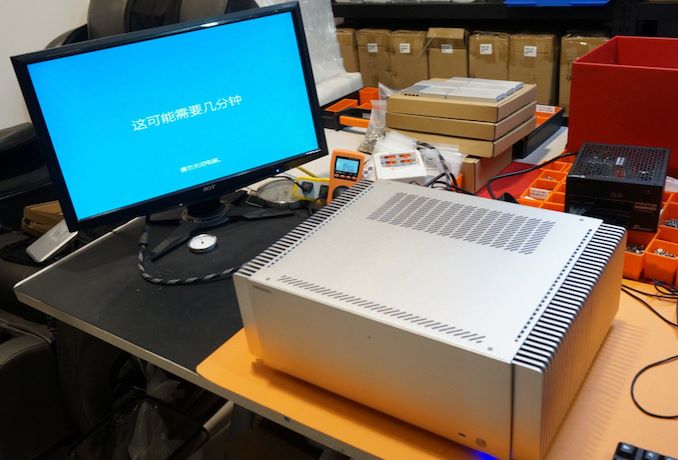
Turemetal, a maker of cases for fanless PCs, has published photos of a passively cooled system featuring an AMD EPYC processor and an NVIDIA GeForce RTX 2070 graphics card. The computer uses numerous custom components, with the founder of TureMetal stating that this is a custom build for a specific customer, although it uses one of their standard fanless PC cases.
The fanless system built by Turemetal is powered by AMD’s 32-core EPYC 7551 processor, listed as having a 180 W TDP, and GIGABYTE’s NVIDIA GeForce RTX 2070 video card with a 175 W TDP (355W total). These are both equipped into a Supermicro ATX motherboard, and then built inside a commercially available Turemetal UP10 chassis.
Officially the chassis supports a 140 W CPU and a 160 W GPU (300W total), but it looks like its actual capabilities are more impressive, and with a bit of tweaking it can house a rather extreme 32-core processor and a high-end graphics board.
At this time, according to Turemetal's YouTube channel, the system has passed FurMark's full-load test for CPU and GPU for 22 continuous hours without a crash or thermally throttling. In the video, we see a GPU temperature of 88C, and a CPU temperature of 76C, in a 24C ambient room.
Since the Turemetal UP10 was not designed for AMD’s EPYC processors, in order to meet the demands of the customer Turemetal had to build a custom copper heat spreader for the processor along with an appropriate mounting mechanism. The radiator weighs nearly 2.5 kilograms, so we are literally talking about heavy metal here. The test system currently uses an external PSU, but Turemetal says that eventually power supply will be moved inside the PC.
It remains to be seen when and whether the UP10 chassis with AMD EPYC 7551 support will be available commercially - if the custom block will be an 'add-on', or limited to specific customer requests. Meanwhile, good news is that some of Turemetal’s products are now available not only directly from Taobao, but also from Fully Silent PCs in the US and will soon be available in Europe shortly, reports FanlessTech.
Related Reading:
- A Super Fanless Chassis from TureMetal: For DIY & 0 db Workstations
- Noctua Concept Fanless CPU Cooler: Up to 120W Of Cooling Performance
- Compulab Launches Airtop3: A Fanless PC with Core i9-9900K & Quadro RTX 4000
- Streacom DA2 Fanless: The All-Aluminum Silent Chassis
Source: Turemetal/Twitter, FanlessTech


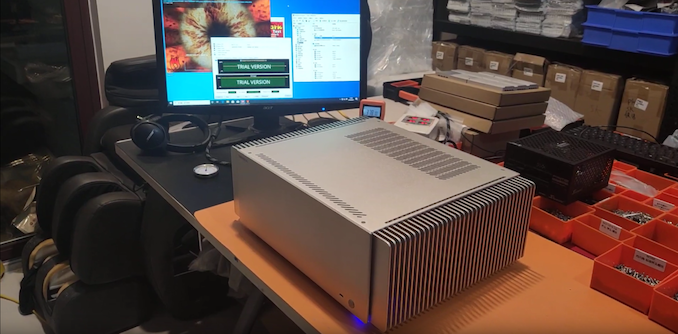
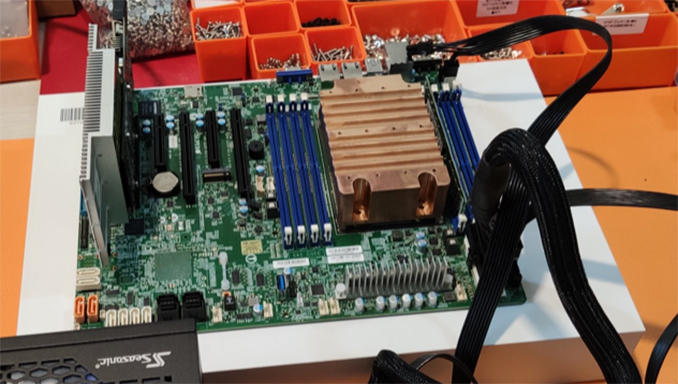
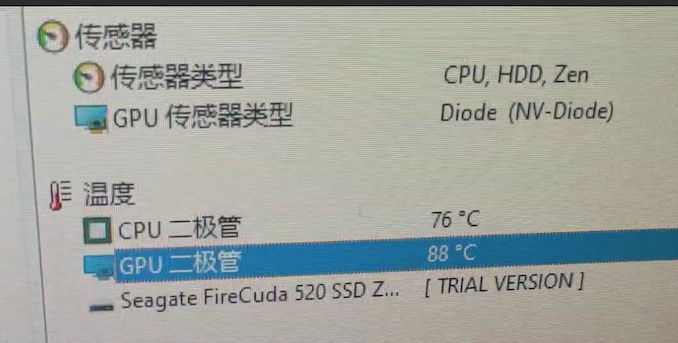
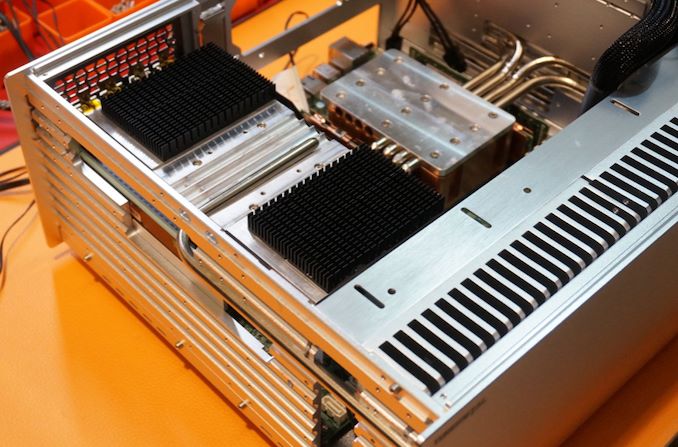
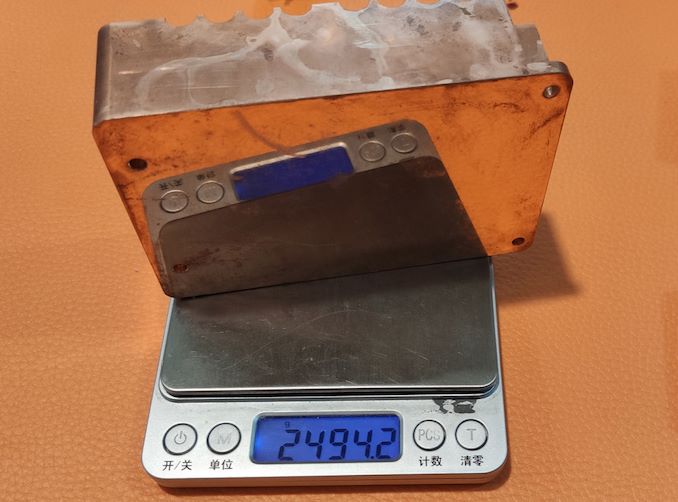
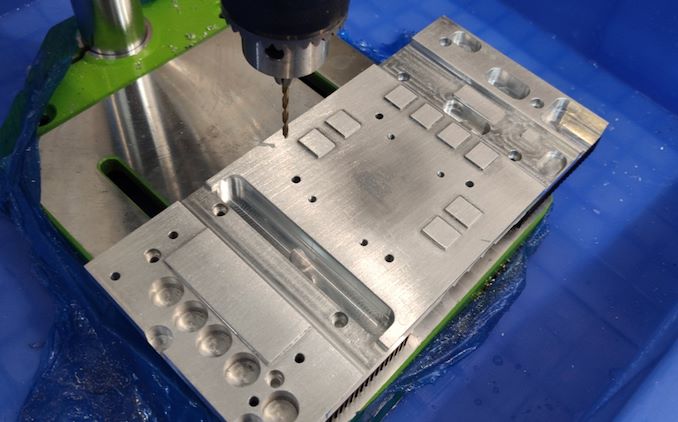
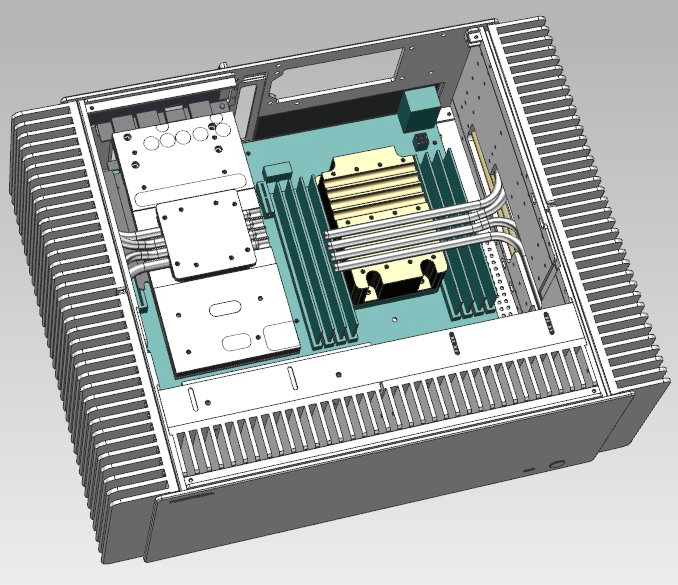











25 Comments
View All Comments
SirPerro - Monday, December 30, 2019 - link
Fair point. Also a fair point is you can have a near inaudible 15€ fan cooling the case/external heatsink and replace the fan if it breaks. No need to blow dirt into the case. You only need to increase the dissipation.Death666Angel - Monday, December 30, 2019 - link
And that person replacing the fan costs 50€ just to replace that fan (if they are lucky). Because the person at the computer has to make an order for that person to arrive, the person who arrives has to first read the order and then order the part or get it out of storage, then go to the destination, shut down the PC, maybe disrupt the assembly line, replace the fan, start everything back up and fill out the completed form. So that is at least half an hour of man time, possibly even more. Because that is how business works. I am not allowed to replace a light bulb at my job. That is not my job and if I do it and mess up, there is a liability issue. So I issue an order to replace the light bulb. That costs a lot. Same with a fan. So if you can invest 1000€ more, once, to not have to deal with that, it's a logical decision.Pyxar - Wednesday, December 23, 2020 - link
For me the interest is in the lack of noise, broadcasting and other noise sensitive activities or environments need as little ambient sound as possible.TheWereCat - Monday, December 30, 2019 - link
88°C after 22h in FurMark is amazingly good for passive cooling.blackworx - Monday, December 30, 2019 - link
That's not "way too hot". Not for 22h sustained full load.PeachNCream - Monday, December 30, 2019 - link
Pretty impressive work for standard wattage desktop hardware. Now if we could have more fanless laptops that'd be nice.Santoval - Monday, December 30, 2019 - link
Laptops are limited by the size and mass of the passive cooling solution. <8W TDP laptops can be easily cooled passively, while at 15W TDPs and above things get progressively trickier. At 45W TDP (which high end gaming laptops have) passive cooling should be impossible, unless you make the laptop super thick and heavy.OffPoynt - Monday, December 30, 2019 - link
Bang on. My Ryzen 5 3550h powered laptop has touched 96 degrees C with the stock laptop air cooling system. A dab of Arctic MX-4 reduced the temperatures by 5 - 10 degrees C. What this told me is that laptops are severely limited by their form factor, and people still want paper thin laptops that don't overheat.PeachNCream - Monday, December 30, 2019 - link
Gaming is unnecessary. I have a spare phone laying around for that sort of thing. A PC needs to accomplish low demand work tasks that require a fair amount of typing or a larger screen for comfortable document viewing. I like my Bay Trail laptop because it has no fan, but its hard to find enough storage capacity in a passive laptop or even a user replaceable storage solution at all in conjunction with no cooling fan noise and the ability to sit atop fabric surfaces without overheating.jospoortvliet - Saturday, January 4, 2020 - link
... and nobody edits their holiday pictures or videos on their laptop, which is certain to be dog slow on a bay trail.And that's not even talking about having more than 4 Facebook tabs open or running a few "electron" apps.